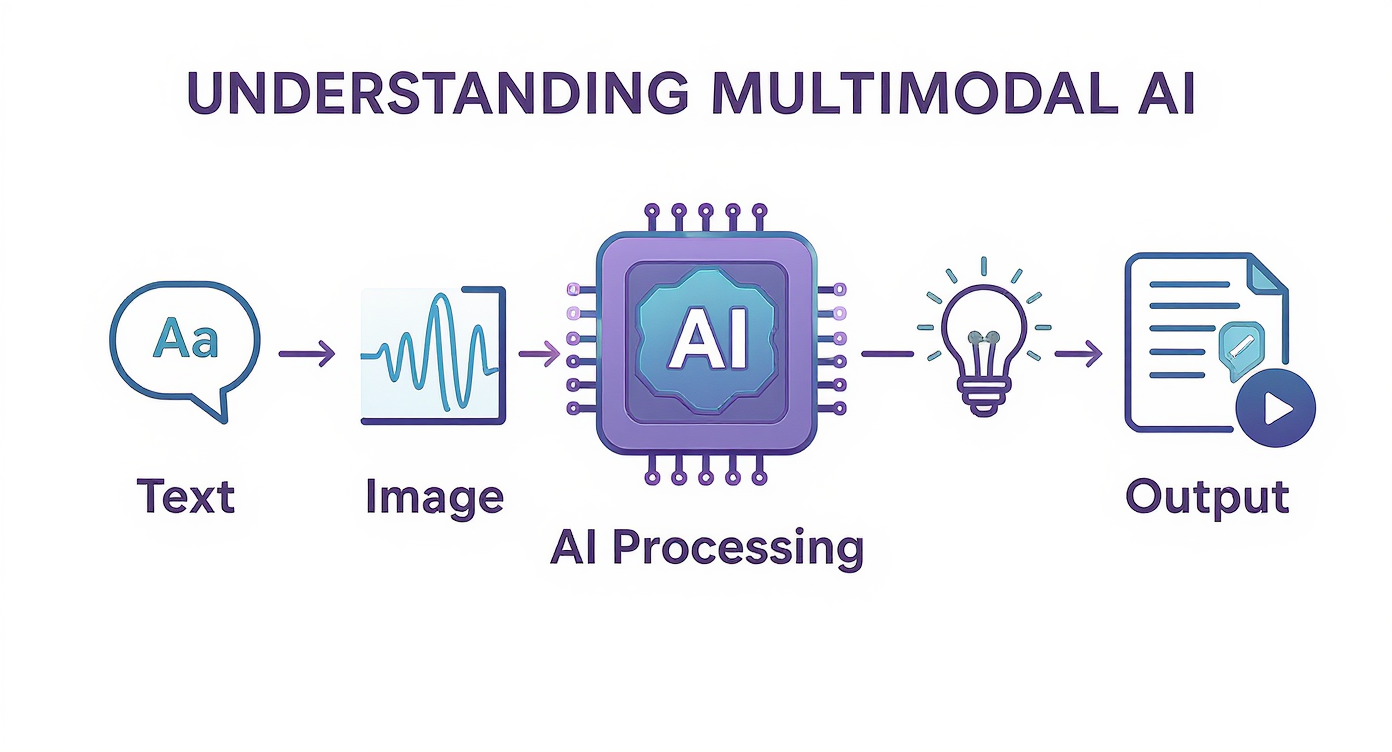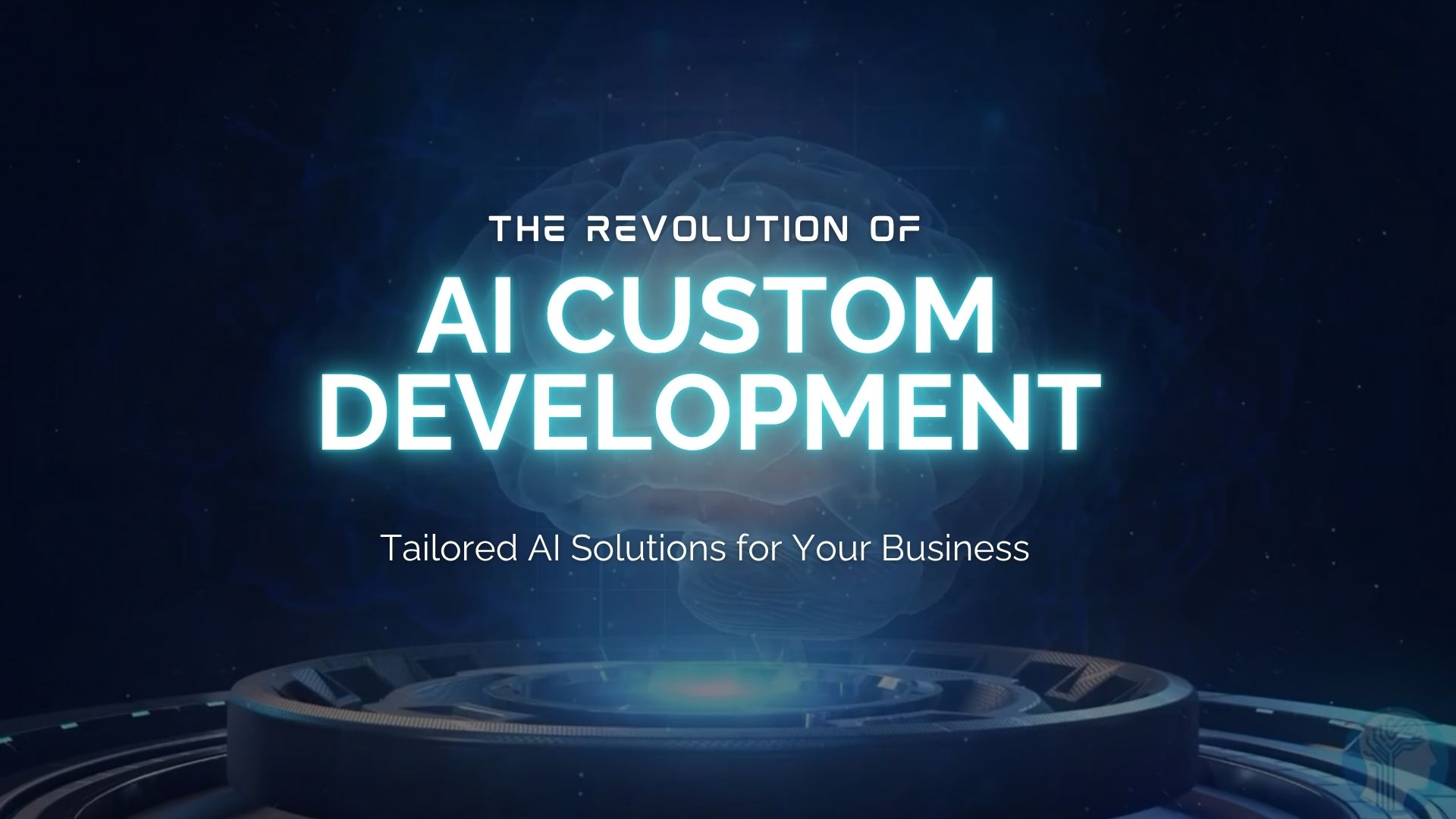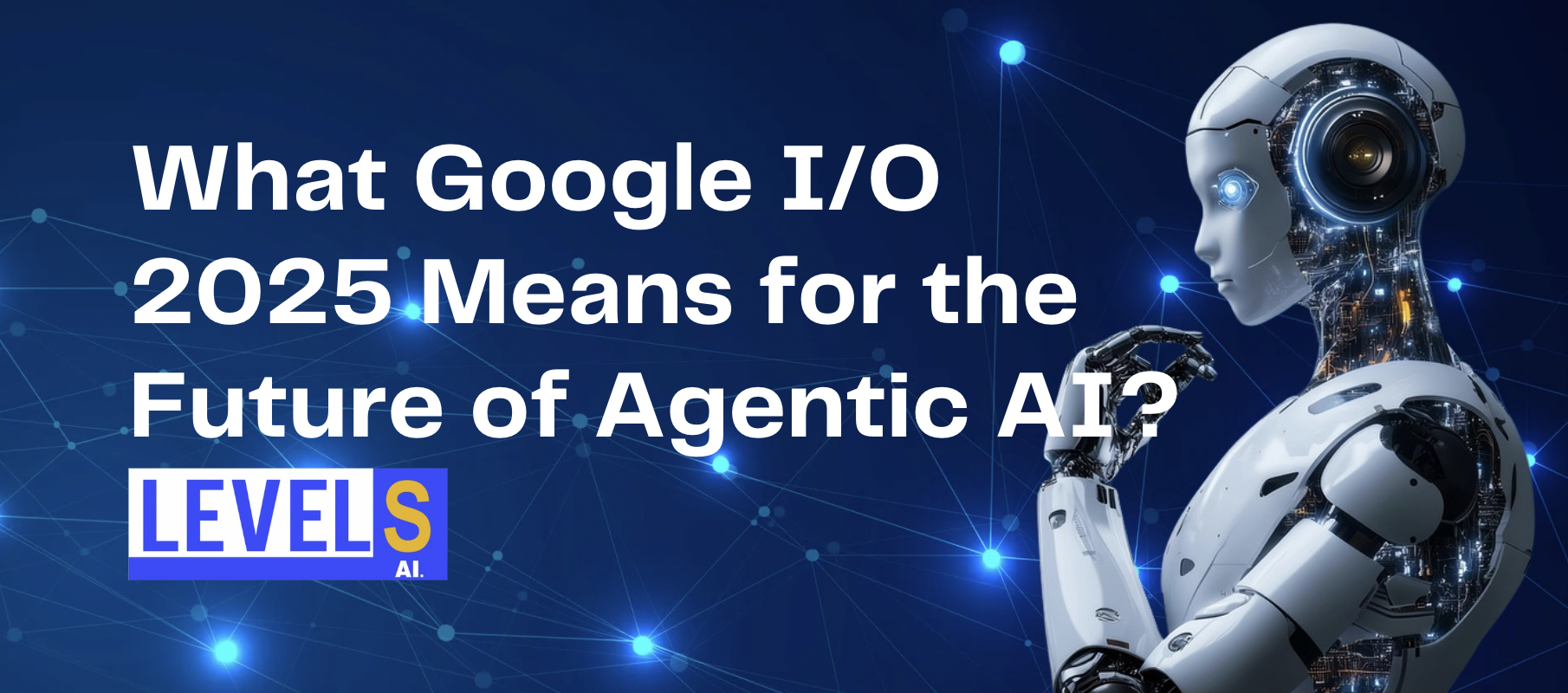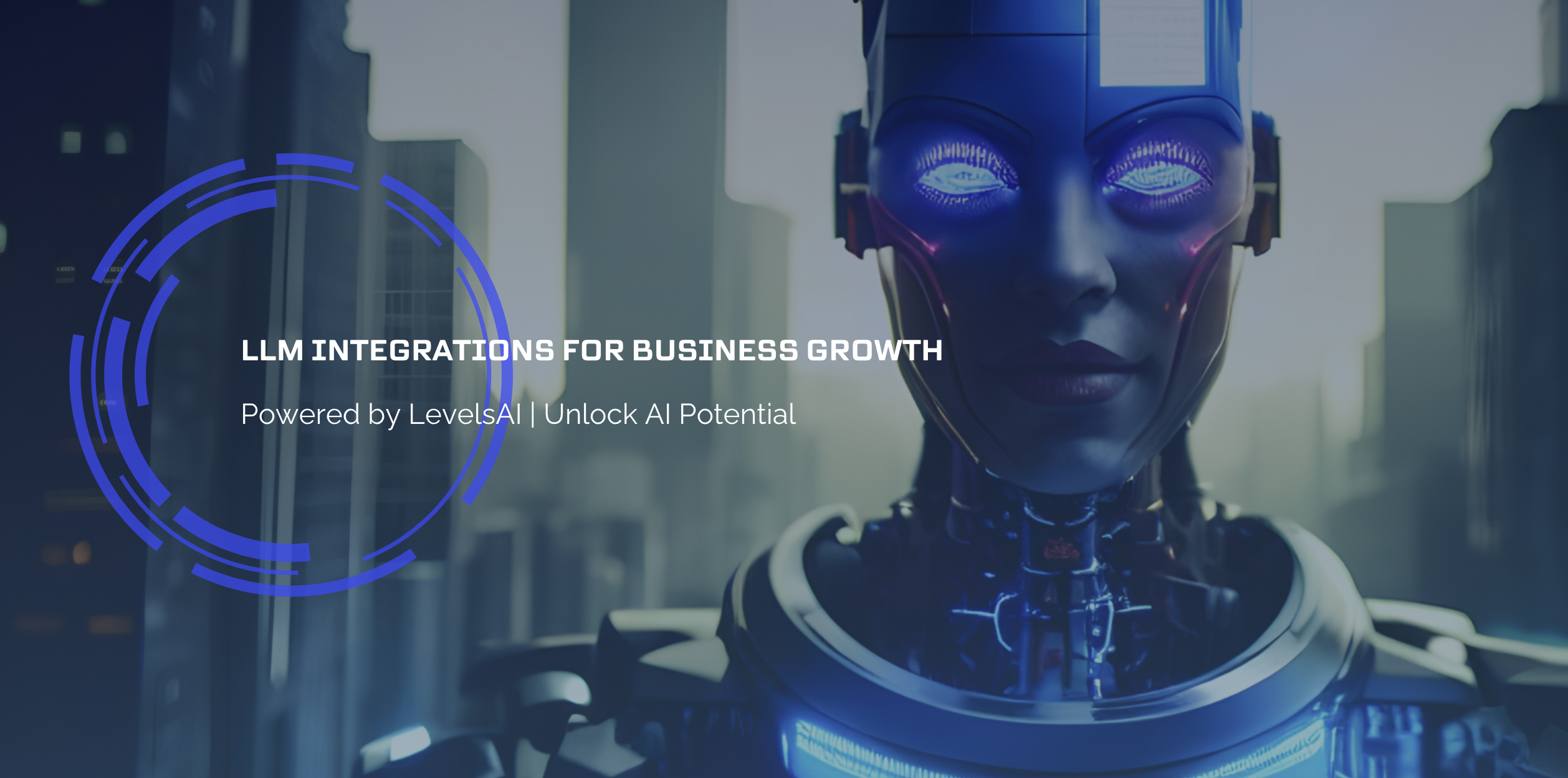- 08 Jul, 2025
- Agentic AI
How Autonomous AI Agents Work – A Practical Overview with Tools and Examples
AI has rapidly evolved from static models to dynamic systems capable of reasoning, learning, and acting autonomously. These are known as autonomous AI agents — and they’re changing the way modern products and platforms operate.
In this post, we’ll explore:
-
What autonomous AI agents are
-
How they differ from traditional AI
-
Tools and frameworks to build them
-
Practical examples from real-world use cases
🧠 What Is an Autonomous AI Agent?
An autonomous AI agent is a system that can:
-
Perceive its environment (via data or input)
-
Reason about what action to take
-
Act using available tools or APIs
-
Reflect or iterate based on outcomes
Unlike a simple chatbot or API call, agents can pursue multi-step goals and dynamically adjust to changing inputs — like a junior employee that gets better with experience.
🆚 Traditional AI vs. Autonomous Agents
| Feature | Traditional AI (e.g. GPT API) | Autonomous AI Agent |
|---|---|---|
| Input-Output Pattern | One-time prompt → response | Multi-step planning |
| Tool Usage | Limited or manual | Integrated & dynamic |
| Memory | None or stateless | Persistent context |
| Adaptability | Low | High (can self-correct) |
🔧 Tools & Frameworks to Build Autonomous Agents
Several frameworks make it easier to build agentic systems:
-
LangChain – Modular tool for chaining LLM calls with external tools and memory.
-
LangGraph – Graph-based orchestration for managing agent workflows and branching logic.
-
AutoGen (Microsoft) – Simplifies agent-to-agent communication and group collaboration models.
-
CrewAI – Assigns roles to AI agents that collaborate on solving complex tasks.
-
OpenAgents (OpenAI) – Experimental tools for enabling GPTs to act as autonomous agents.
Each of these tools allows developers to extend LLMs with reasoning loops, tools, APIs, databases, and planning steps — building systems that "act" instead of "respond."
⚙️ Real-World Applications
-
Customer Support Automation
Agents that can read tickets, pull from documentation, answer queries, and escalate when needed. -
Dynamic Pricing Engines
Agents that adjust pricing based on competitor activity, demand, and market signals. -
AI Software Engineers
Tools like Devin or SWE-agent that write, test, and debug code autonomously. -
Sales & Prospecting Agents
Agents that source leads, personalize outreach, and update CRMs.
💡 Final Thoughts
Autonomous AI agents are not science fiction — they’re already operating in the background of modern SaaS, e-commerce, finance, and healthcare systems. With the right frameworks and planning, any business can deploy agents to streamline operations and scale output.
Want help building your own AI agent? Contact our team →







